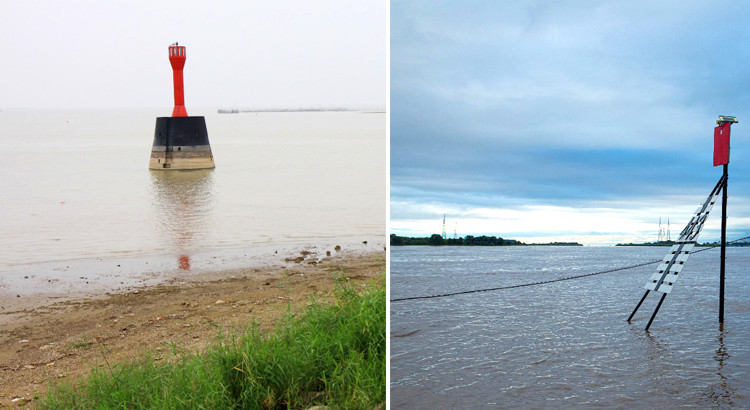How do I use a water level sensor?
We have a lot to say about ways to use water level sensors. This is because the way sensors are used is based on the fact that different manufacturers have different tuning methods for different sensors. In addition, the search results of water level sensors will affect our subjective understanding. Therefore, I believe that only by understanding what is an industrial water level sensor and how it can be used, so that can the current problem be fundamentally solved.

What is a water level sensor?
Water level sensor is submersible water level sensor in industrial measurement. At present, most of the matching search results of water level sensors are detectors rather than sensors. According to the modern design concept of water level sensors, most manufacturers will develop equipment suitable for modern industrial measurement based on sensor cost, stability and high precision, rather than detectors. From the physical properties of the sensor, the submersible water level sensor is a water pressure level sensor. According to the principle that the hydrostatic pressure of the measured liquid is proportional to the height of the liquid, the static pressure signal is converted into an electrical signal, which is then converted into 4-20mA or RS485 standard electrical signal through temperature supplement and linear modification.
How to use a water level sensor?
As I mentioned above, the water level sensor is set up or connected according to the sensor manufacturer. We usually use submersible water level sensor is to fully immersed into the liquid, then connect the sensor terminal USB485 converter (different color line to match well is cathode), and through the power switch is connected to the digital display instrument, this time we can according to the liquid level height change to test the accuracy of the sensor value. It is worth noting that the submersible water level sensor tries to avoid measurement in the flowing liquid. If this cannot be avoided, we can fix the sensor by adding a bypass pipe to ensure its stability.






